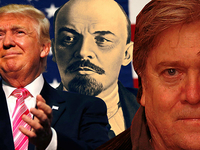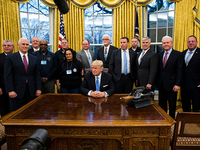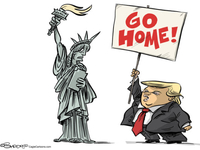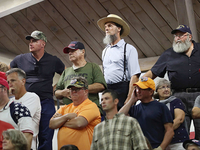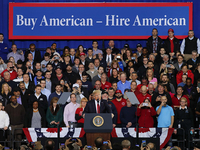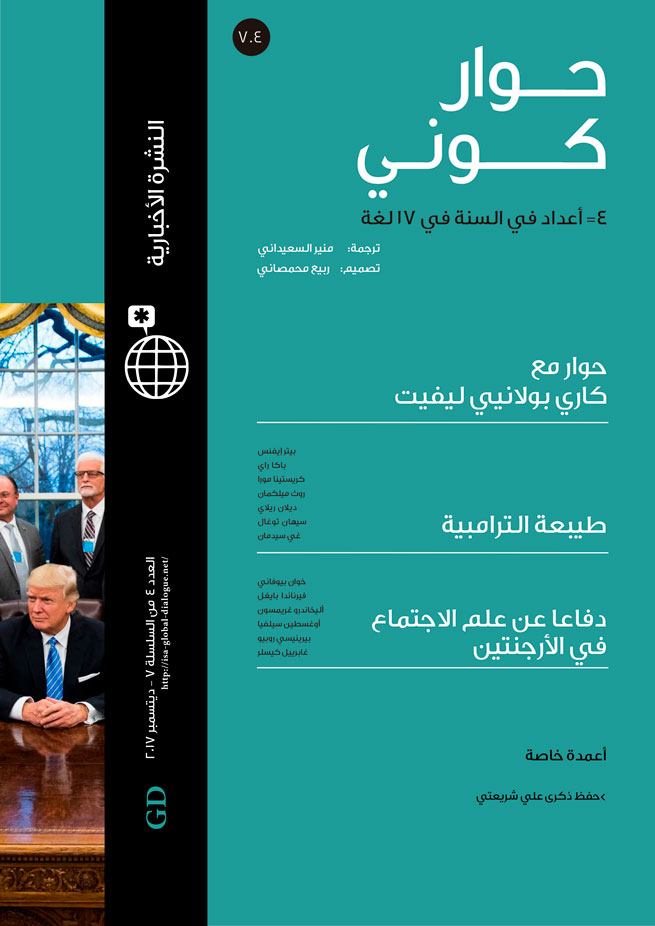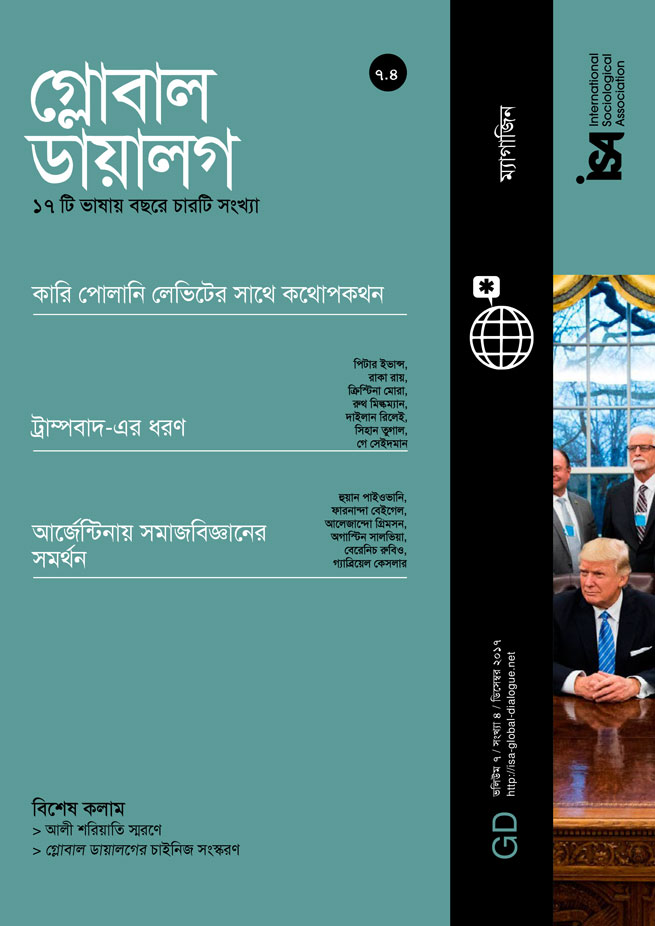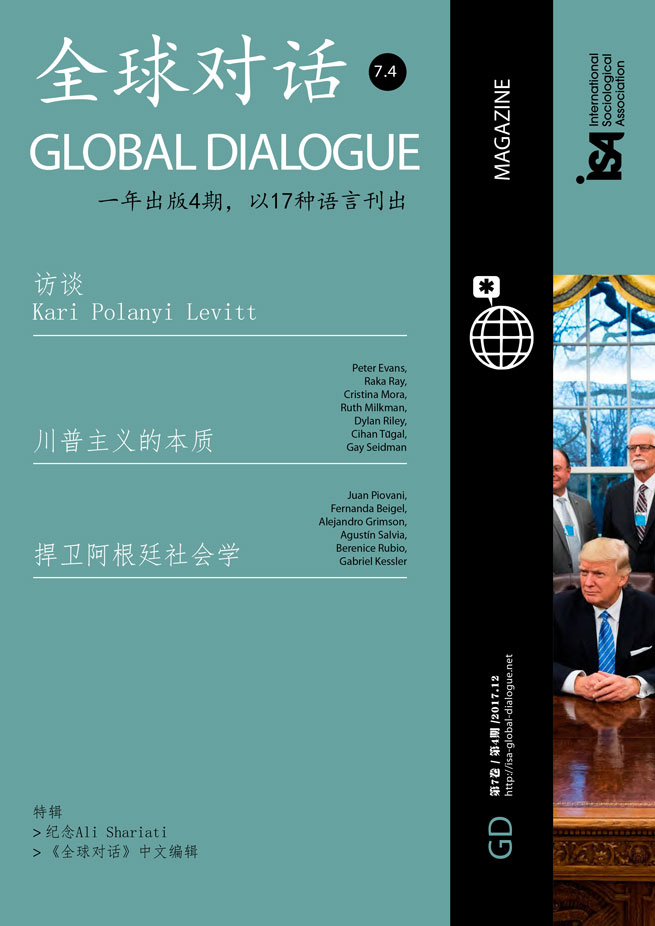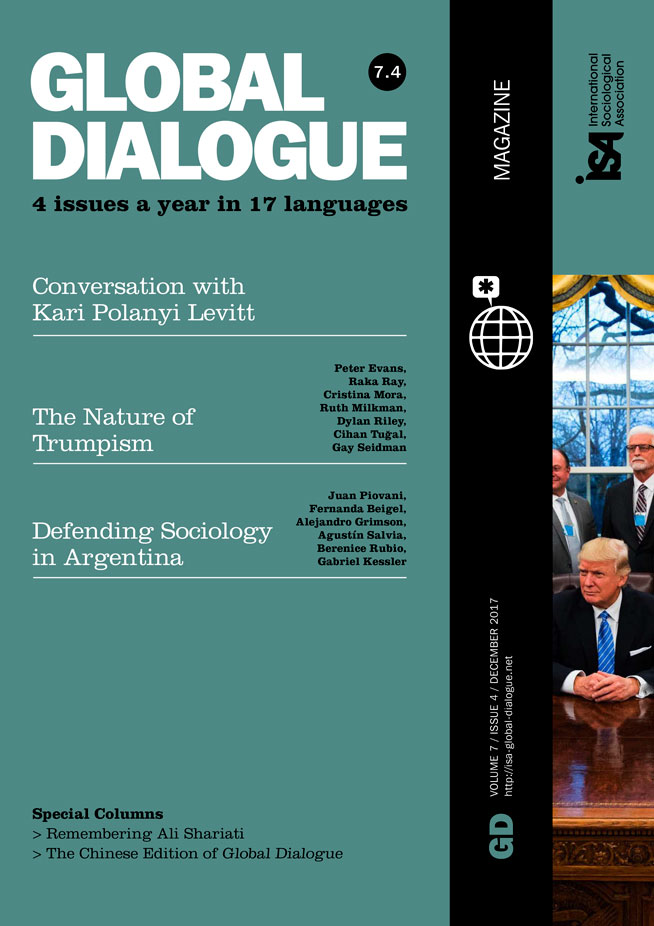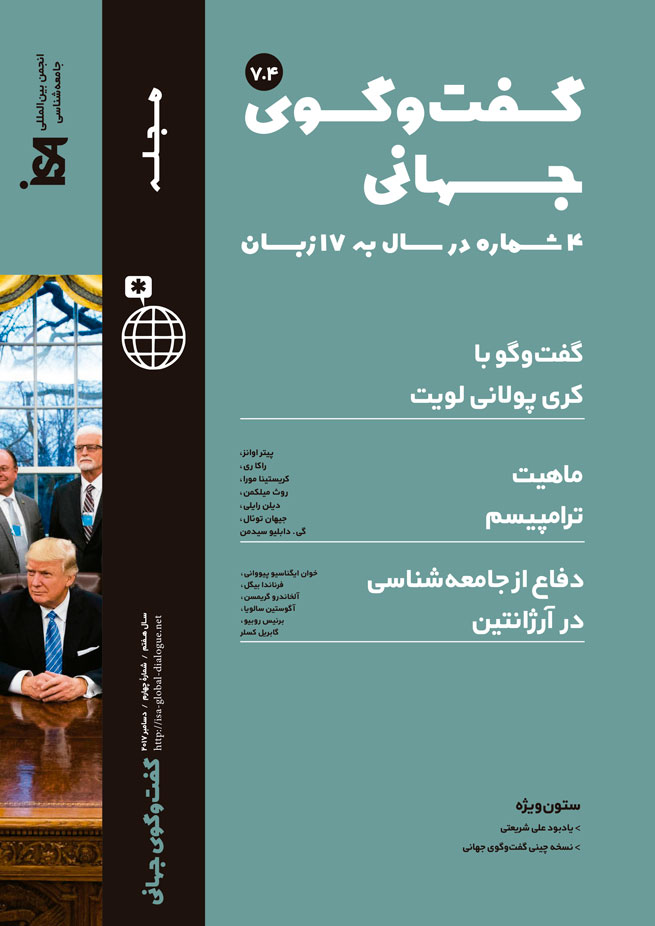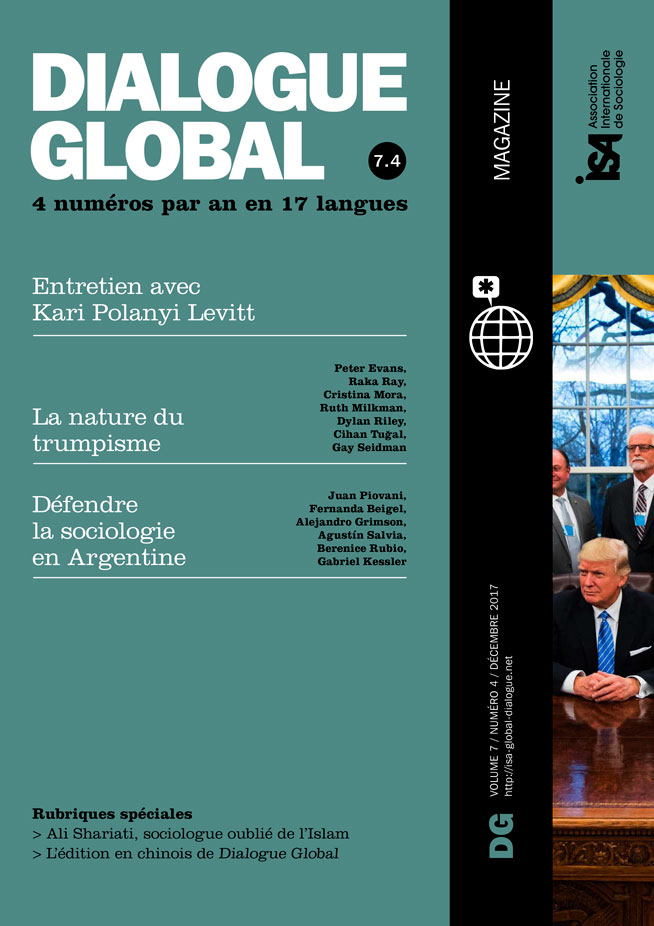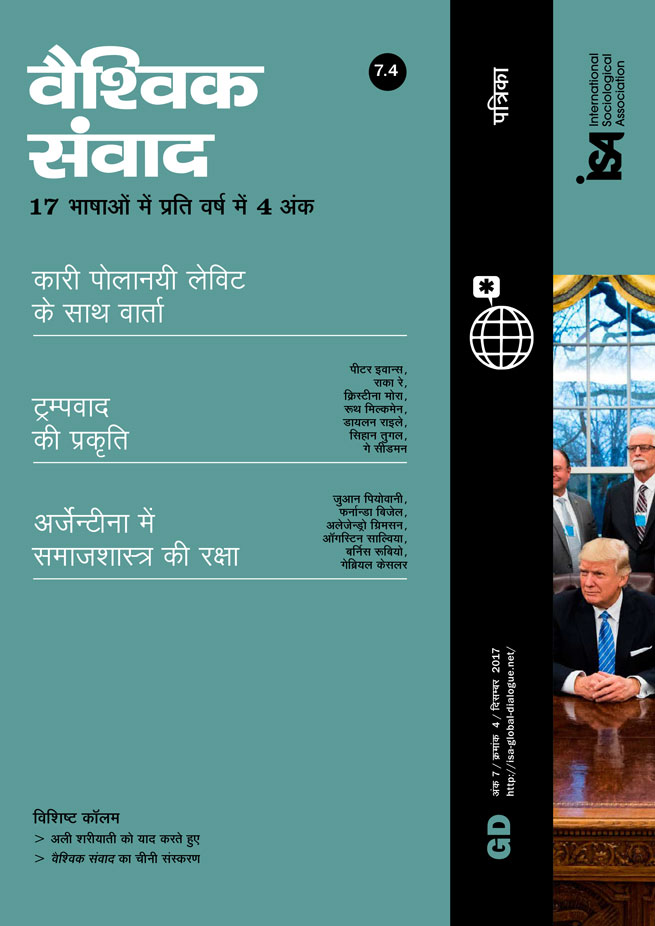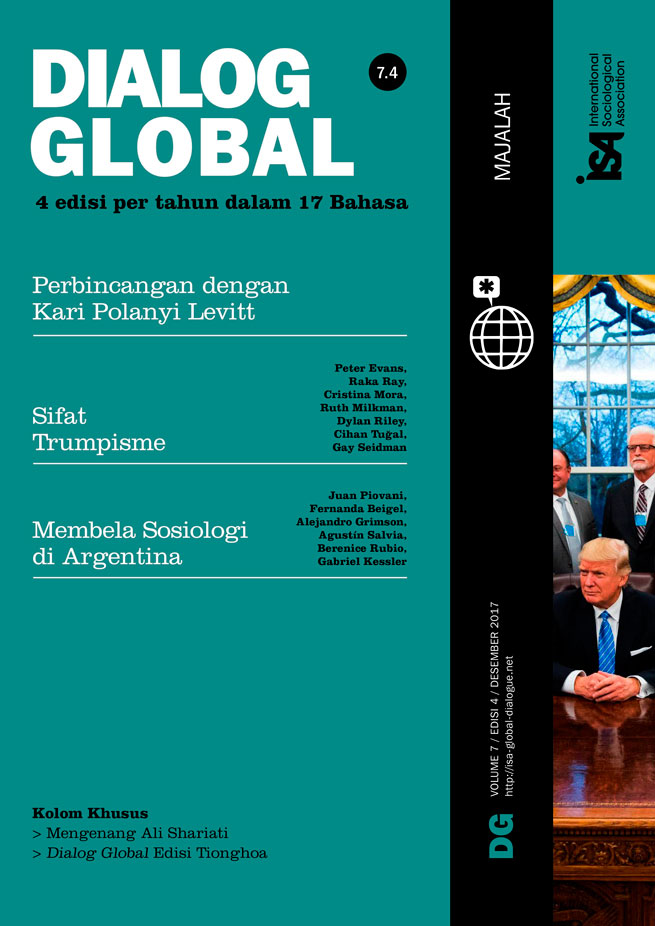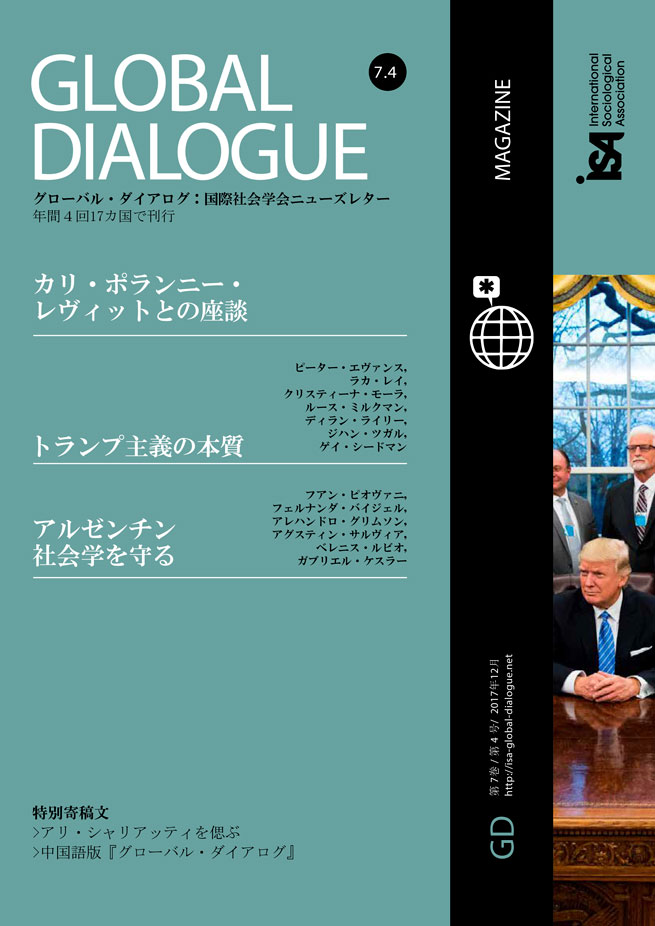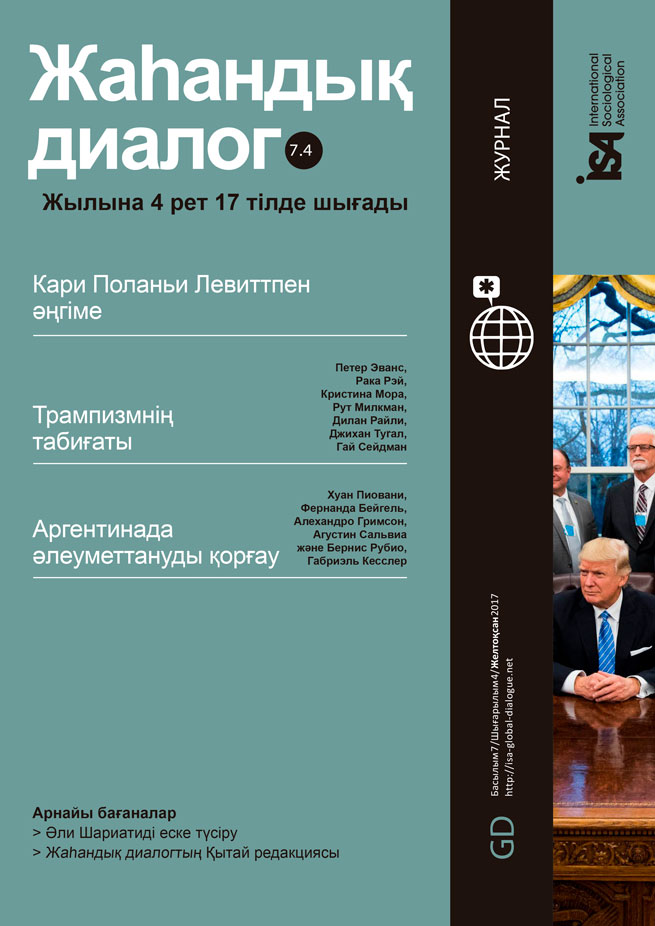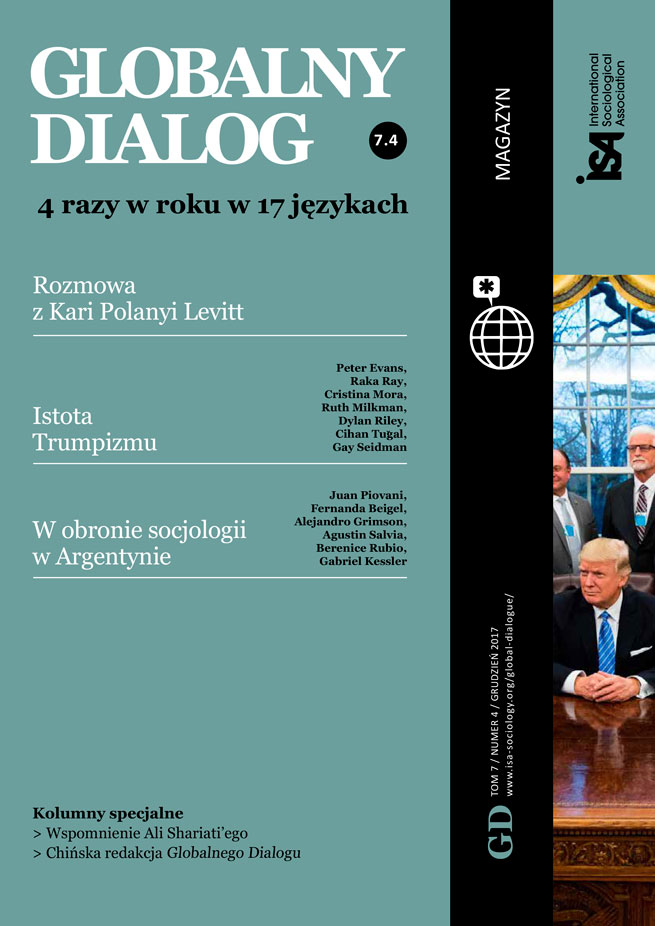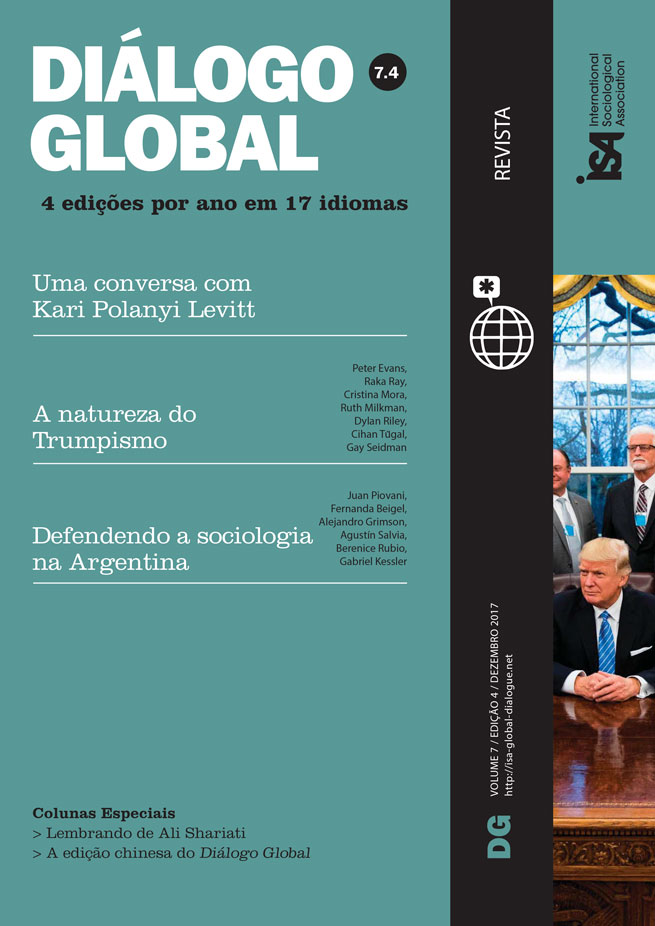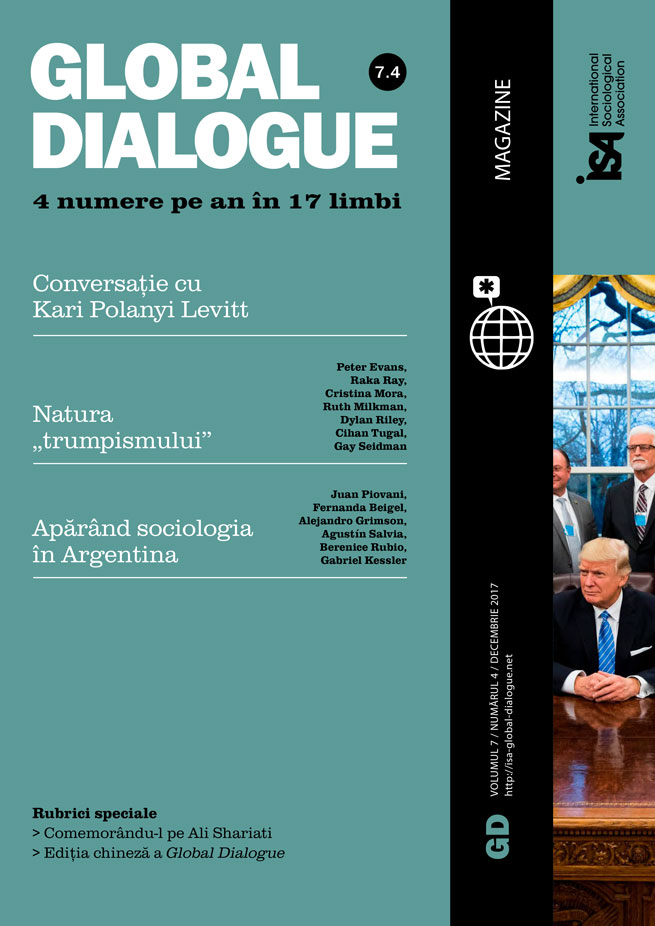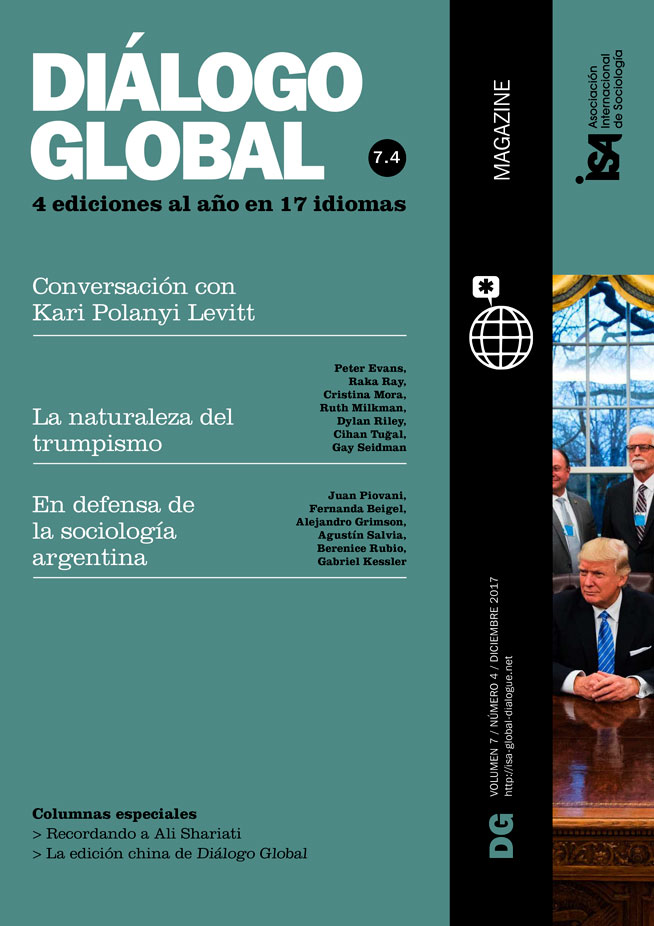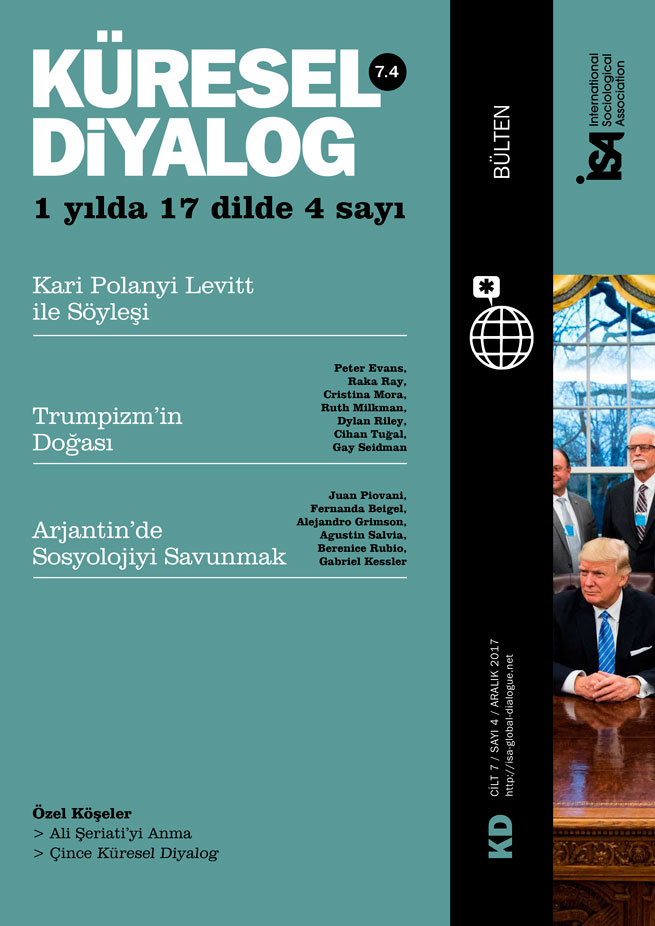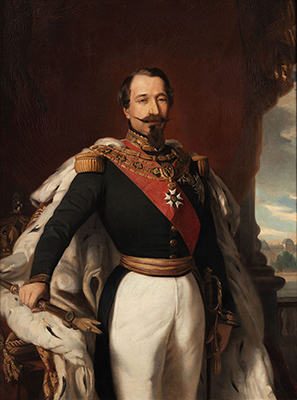Does Trump’s victory mark a fundamental shift in US politics? Yes, but perhaps not in the way you might expect. Far from reflecting an incipient fascism, Trump’s presidency represents a tendency towards “neo-Bonapartism”: it substitutes a charismatic leader for a hegemonic project. Like the French nineteenth-century version, this latter-day Bonapartism is linked to a crisis of hegemony stemming from an erosion of the material base that has allowed America’s capitalist class to pursue its own interests, while claiming to represent those of society in general. This crisis has fragmented and weakened the party system in the context of a pre-modern state and a profoundly depoliticized populace. Any adequate political response to Trump must address the underlying economic and political institutional features that made his election possible.
Hegemony and crisis
From the 1930s to the 1970s – a period book-ended by economic crisis – the capitalist class in the US maintained a Fordist hegemony, based on high wages, healthy profits and (relatively) full employment. The long post-war boom allowed both Democratic and Republican administrations to deliver significant gains to the working class. But from 1973, the slowdown of the American economy undermined this regime. For business elites, rapid productivity growth and rising profits made an expanding welfare state tolerable. But as competition from Germany, Japan, the Asian Tiger economies, and finally China, drove down profit rates, the rules of the game changed. Capital went on the offensive from the mid-1970s, and the two parties rapidly adjusted. Retrenchment of the US welfare state began under Carter, and continued through to the Obama years. The new hegemonic formula was neoliberalism, which promised freedom and self-determination through the market to workers reimagined as consumers. In place of wage hikes and social programs, tax cuts were viewed as the material basis of consent.
The crisis of this neoliberal formula dates to October 3, 2008, when the $700 billion Troubled Assets Relief Program (TARP), which bailed out the banks, revealed the hypocrisy of the free-market ideology. Neoliberal elements persisted during the Obama administration, combined with (relatively costless) concessions on the environment and LGBTQ issues. Yet Obama’s administration could not be described as straightforwardly neoliberal. Obama pushed support for finance capital and wealthy asset-owners farther than Bush had done, particularly with the Affordable Care Act’s (Obama’s program for health insurance, often referred to as Obamacare) massive handouts to the insurance industry. During the Obama years, the relationship between private owners and the state was reorganized, as sectors of the capitalist economy became increasingly state-dependent.
Trump was able to effectively politicize the collapse of neoliberalism. Although his economic program has been panned across the spectrum of respectable opinion – the New York Times columnist (and Nobel-winning economist) Paul Krugman condemned Trump’s inauguration speech for evoking “a dystopia of social and economic collapse that bears little relationship to American reality” – the basic problems Trump points to are demonstrably real. In 1980, manufacturing still provided 22% of employment, rising to 30% in most counties east of the Mississippi, north and south; in southern California and the Pacific Northwest, aerospace jobs add to those figures. By 2015, manufacturing employment had collapsed to a mere 10%, affecting not only the famed “Rust Belt” of the upper Midwest but also – and crucially – the southern and far-western states. Deindustrialization has had real social consequences, leading to poverty, drug abuse, and the like.
While America’s manufacturing base has been hollowed out and median wages have stagnated, CEO pay has skyrocketed. The interests of the US capitalist class are thus increasingly untethered from the wider society. This is the specific sense in which Trump’s election is an expression of a crisis of ruling-class leadership. The US social elite no longer can make a plausible claim that its particular interests coincide with those of the majority of the population.
2016: a wildcard election?
In one sense, the 2016 election was a historical wildcard. But three powerful structural factors made it possible: the hollowing out of the party system which allowed both the Trump and Sanders revolts, the pre-modern character of the US state, and finally, widespread political apathy. The first point is too obvious to require much discussion, but the second two are equally important.
The pre-modern institutional peculiarities of the US state played a huge role in Trump’s victory. Designed to protect the interests of a slaveholding oligarchy by distorting the vote, the American system shares features with the Wilhelmine Kaiserreich or the Italian Parliament of Giolitti’s day: limited suffrage, first-past-the-post, high bars on ballot access, and the state-based Electoral College. Trump won the Presidency despite losing the popular vote by a margin of almost three million. Indeed, the ancien-régime deformation of the US political system has become ever more apparent as urbanization continues.
Massive political apathy also played a crucial role. Barely 55% of the voting-age population participated in the election. As always, turnout was skewed towards wealthier and better-educated voters. Democratic voters seem to have been more likely to stay away from the polls than Republicans: according to one survey, 46% of registered Republicans voted, but only 42% of registered Democrats, with people of color disproportionately represented among non-voters. Even a slightly higher turnout among Democratic base voters would have stopped Trump in his tracks.
Consent eroded
What solution does Trump propose? In the light of his inability to pass legislation this seems to come down to tearing up “unnecessary” safety and environmental regulations to reduce costs for manufacturers, builders and consumers, boosting demand. High import tariffs and a crackdown on immigration would help maximize native manufacturing employment. But the notion that “regulation” is a major constraint on US investment is bizarre.
Is a geo-political reconfiguration on the cards? Although hopelessly inept at generating the atmospherics that normally surround US foreign policy (withdrawal from the toothless Paris accord, rejection of pious bromides about “human rights” and “democracy”), no major changes seem in the offing: NATO and Japan will be backed to the hilt; and the Bush and Obama wars will be extended indefinitely.
The future
What will be the new patterns of political struggle? In international relations, Trump plans a “state-capitalist” infrastructure-driven boom, coupled with a no-holds-barred negotiating strategy abroad. But the project seems fundamentally incoherent. How can the US run up huge deficits while taking a confrontational stance towards China, whose savings would presumably be used to underwrite this spending spree? We should anticipate hard-fought struggles, between fractions of the dominant class with varying degrees of access to the federal state’s resources.
Trump is not a fascist because he lacks a party organization, a militia, and an ideology; his foreign policy is “isolationist” rather than expansionist in the classical fascist sense. Berlusconi might seem an obvious parallel, but there are two major differences. First of all, the Italian tycoon was far more of an establishment creature than Trump: with a vast media empire at his disposal, he had a direct and intimate link to the country’s political class that Trump lacks. More importantly, perhaps, Berlusconi’s role model was Ronald Reagan, and he appealed to Italians’ desire for a US-style normality. In short, Berlusconi was a late-period neoliberal – a mold that Trump is clearly breaking. Putin or Orbán might be more useful analogies. From this perspective, Trump can be seen as a “neo-patrimonial” figure, who will establish an informal court of followers and reward them with state largesse.
A “Trump-Keynesian” economic program – an increasingly doubtful prospect – could channel federal resources to the upper Midwest in the hope of cementing a permanent electoral coalition. But the project of kick-starting growth in the US economy through a seemingly anachronistic form of state-led capitalism seems highly unlikely. We can expect therefore continued drift and decline. On the other hand, the profound fracturing of the elite that Trump’s victory embodies may open up possibilities for progressive change in the US.
Dylan Riley, University of California, Berkeley, USA <riley@berkeley.edu>

